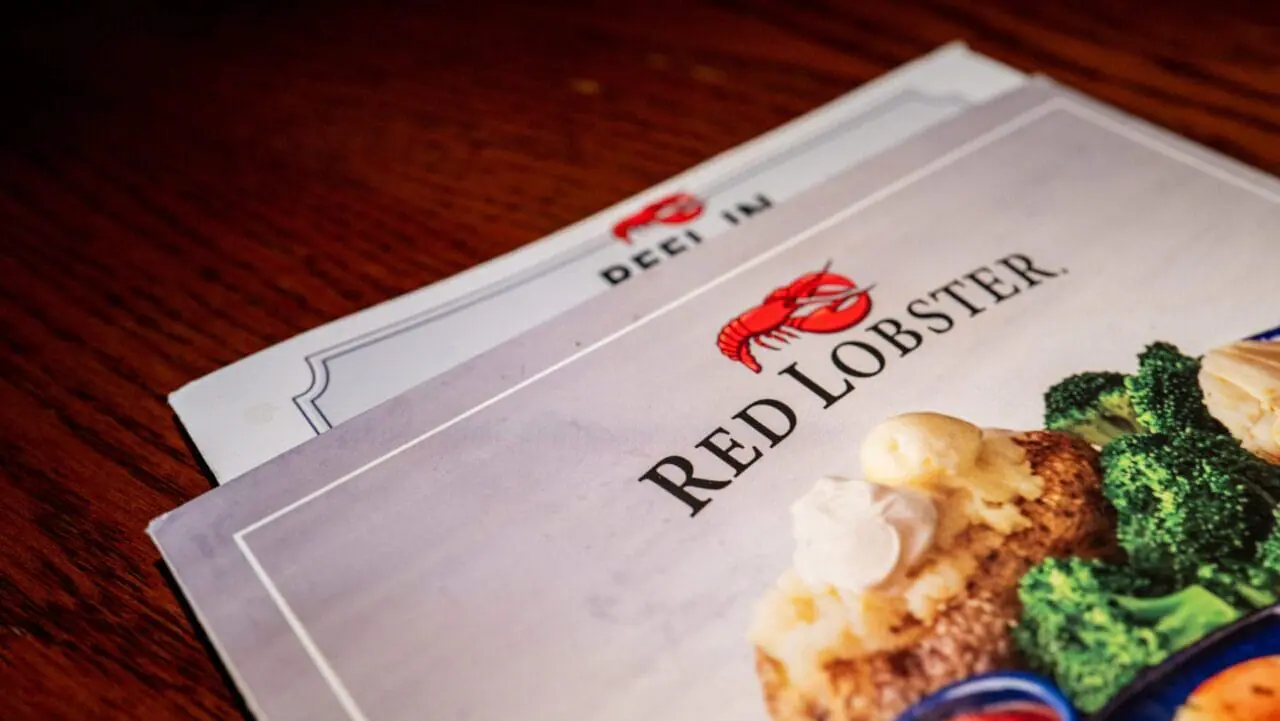Red Lobster to exit bankruptcy protection after judge OKs seafood chain’s sale
NEW YORK (AP) — After months of dozens of restaurant closings and headlines about “endless shrimp” woes, Red Lobster says it will soon exit from Chapter 11 bankruptcy protection.
A U.S. bankruptcy judge on Thursday approved the casual seafood chain’s reorganization plan, which includes a lender group led by asset manager Fortress acquiring the business. The green light arrives under just four months after Red Lobster filed for bankruptcy protection as it pursued a sale, following years of mounting losses and dwindling customers while it struggled to keep up with competitors.
At the time of filing in May, Red Lobster’s leadership shared plans to “simplify the business” through a reduction of locations. The chain, which lost $76 million in 2023, shuttered dozens of its North American restaurants over recent months — both leading up to and during the bankruptcy process. That includes more than 50 locations whose equipment was put up for auction just days before the Chapter 11 petition, followed by additional closures throughout the bankruptcy process.
Red Lobster said Thursday that it expects to operate about 544 locations across the U.S. and Canada upon emerging from bankruptcy. That’s down from 578 disclosed as of May’s bankruptcy filing.
Under terms of the acquisition, which is expected to close by the end of September, the chain will continue to operate as an independent company.
Once the deal is finalized, Red Lobster will also get a new CEO — Damola Adamolekun, former chief executive of P.F. Chang’s.
Adamolekun was appointed to head RL Investor Holdings, the newly formed entity acquiring Red Lobster, by Fortress last week. In a statement Thursday, Adamolekun said that Red Lobster “has a tremendous future” and thanked Jonathan Tibus, who will leave the company and step down as CEO, for his leadership during the bankruptcy process.
Red Lobster’s purchaser is also providing additional funding to help the Orlando, Florida-based chain get back on its feet post-emergence. Adamolekun said the company’s long-term investment plan includes a commitment of more than $60 million in new funding.
Known for its affordable seafood and cheddary biscuits, Red Lobster has seen multiple ownership changes over the course of its 56-year history. The brand was founded back in 1968 by Bill Darden, who sold Red Lobster to General Mills in 1970. General Mills later went on to form Darden Restaurants, which owns Olive Garden and other chains. Darden Restaurants was spun off from General Mills in 1995.
Darden Restaurants later sold Red Lobster to a private equity firm in 2014. Thai Union Group, one of the world’s largest seafood suppliers, first invested in Red Lobster in 2016 and upped its stake in 2020 — but announced its intention to exit its minority investment earlier this year.
When announcing plans to divest in January, CEO Thiraphong Chansiri said the COVID-19 pandemic, industry headwinds and rising operating costs from Red Lobster had resulted in “prolonged negative financial contributions to Thai Union and its shareholders.” It reported a $19 million loss from Red Lobster for the first nine months of 2023.
While not the sole reason, among sources of loss were — yes — those endless shrimp. Last year, Red Lobster significantly expanded the iconic all-you-can-eat special. But customer demand overwhelmed what the chain could afford. Thai Union leadership later noted that the deal’s $20 price tag wasn’t making enough money.
Last year’s shrimp debacle wasn’t the first time Red Lobster saw consequences of “endless” promises. In 2003, the company reportedly lost millions of dollars on an all-you-can-eat “Endless Crab” promotion when crab prices rose.
